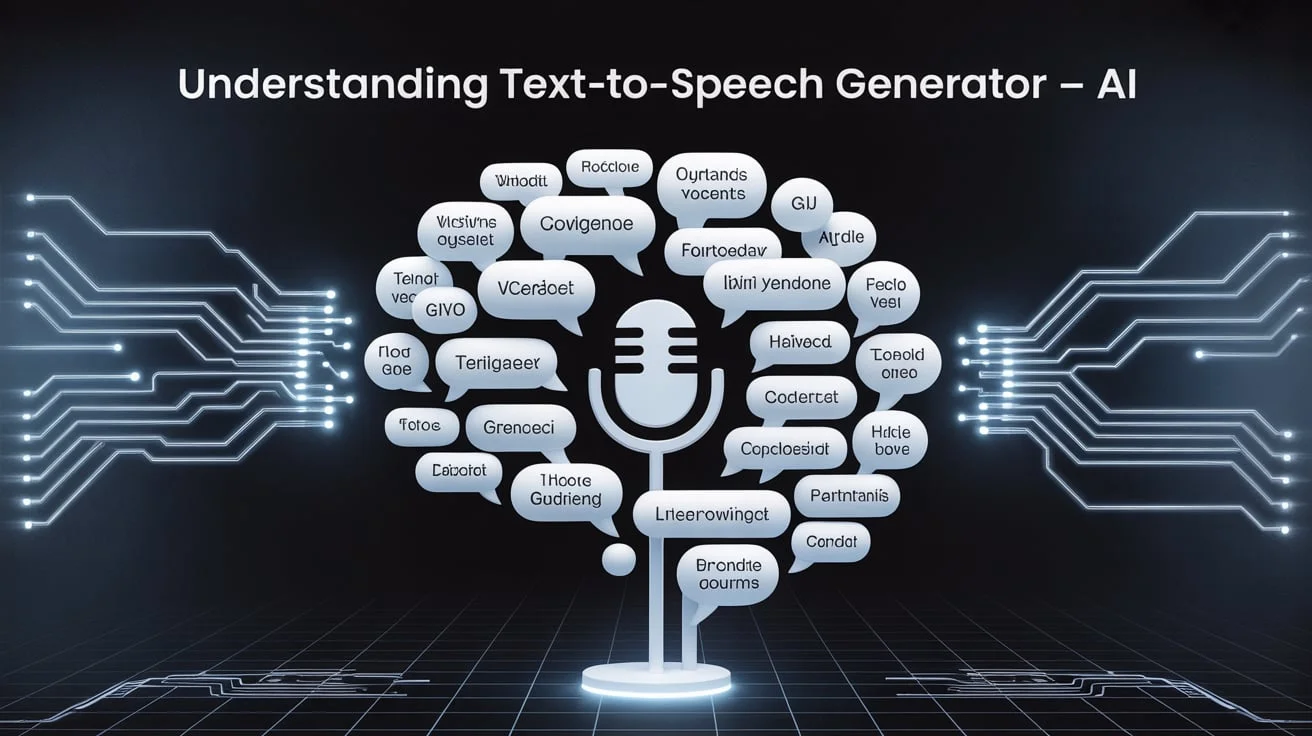DeepSeek Math has transformed mathematical problem-solving and achieved an impressive 51.7% accuracy on competition-level problems without external tools. The system excels at knowing how to handle complex calculations and multistep reasoning tasks. DeepSeek Math-RL 7B’s accuracy jumps to nearly 60% with computational tools, which puts it ahead of all existing open-source models.
The system’s exceptional performance comes from its training on 120B math-related tokens and seamless integration with DeepSeek-Coder-v1.5 7B. The base model uses few-shot chain-of-thought prompting and outperforms other open-source alternatives by more than 10% on standardized math datasets. In this piece, we’ll get into DeepSeek Math’s process for solving complex calculus problems, understand its architecture, and show you how to implement this powerful tool in real-life applications.
Understanding DeepSeek Math’s Architecture

DeepSeek Math’s architecture rests on a sophisticated foundation. The model received its training on 120B math-related tokens from Common Crawl. This specialized approach combines mathematical content with natural language and code data to create a reliable framework for problem-solving.
Core Components and Training Data
The model’s strength comes from its carefully engineered data selection pipeline. A fastText-based classifier extracts high-quality mathematical content. The training data covers:
- Mathematical texts and problems
- Code-related language (10% Github Markdown and StackExchange)
- Natural language processing capabilities
- Programming components for computational tasks
DeepSeek Math: Integration with DeepSeek-Coder Base
The model builds on DeepSeek-Coder-Base-v1.5 7B, which boosts its capacity to handle both mathematical computations and programming tasks. This integration works especially well because the code training foundation performs better than general language models. The model keeps its strong programming capabilities while it excels at mathematical reasoning.
Mathematical Reasoning Capabilities
The system shows exceptional mathematical reasoning through its chain-of-thought prompting techniques. The results are remarkable – it performs better than existing open-source base models by over 10% in absolute terms. The model handles various mathematical tasks well, from elementary to college-level complexity. It tackles quantitative reasoning and multiple-choice problems with ease. Its impact goes beyond pure mathematics and shows major improvements in language understanding and reasoning capabilities on benchmarks like MMLU and BBH.
The architecture demonstrates its effectiveness by achieving 64.2% accuracy on GSM8K and 36.2% on the competition-level MATH dataset. These results are better than those of much larger models, including Minerva 540B, which proves how efficient DeepSeek Math’s architectural design is.
DeepSeek Math: The Math Problem-Solving Process
DeepSeek Math tackles complex mathematical problems through test-time compute. This approach breaks down queries into smaller, manageable tasks. The systematic method will give a clear path to solve problems in mathematical domains of all types.
Step-by-Step Reasoning Methodology
DeepSeek Math takes a unique path. Each mathematical query gets more and thus encourages more systematic processing through new prompts. The model looks at the problem statement and breaks it into sequential steps. To cite an instance, the system solves complex calculus problems by:
- Finding the core mathematical concepts
- Breaking the problem into smaller parts
- Working through each part one by one
- Putting results together to check the final solution
Chain-of-Thought Prompting Techniques
Advanced chain-of-thought (CoT) prompting helps the model achieve better accuracy through structured reasoning. The technique has shown remarkable results with performance improvements of up to 24% on mathematical reasoning tasks. The system knows its own problem-solving process. It recognizes when an approach isn’t working and switches to different solutions.
Error Detection and Correction Mechanisms
The system uses sophisticated error detection through its reinforcement learning framework. It watches its solution process closely. Any potential errors are spotted and fixed in live mode. The model uses a four-stage verification process.
The system assesses its original solution attempt first. It starts new solution paths if it finds errors. The model keeps checking its work to make sure complex calculations stay accurate. The system can step back and try new approaches just like a mathematician would when stuck on a problem.
DeepSeek Math: Performance Analysis in Calculus
Recent tests show amazing results in solving math problems. DeepSeek Math reached a stunning 97.3% accuracy rate on the MATH-500 test. This makes it a leader in complex mathematical computations.
Accuracy Metrics and Benchmarks
The model excels at competition-level problems across math domains. DeepSeek Math scored 71.0% accuracy on AIME 2024. The distilled 7B model achieved 55.5% accuracy, which beats larger models like QwQ-32B-Preview’s 50.0%. In spite of that, the 32B parameter model showed great results with 72.6% accuracy on AIME 2024 and 94.3% on MATH-500.
Comparison with Traditional Methods
DeepSeek Math’s approach is nowhere near what conventional supercomputer-based solutions offer. Traditional methods need huge computational resources. DeepSeek Math does the same work on regular personal computers. The cost savings stand out:
- Work that took hours now takes 30 seconds
- Regular desktop computers replace supercomputers
- Daily workflows become more accessible
- Small datasets provide better uncertainty measurements
Real-world Testing Results
DeepSeek Math saves money in real-life use. Tests that cost more than £300 (USD 370.00) with old methods now cost under USD 10.00. The model’s training proved cost-effective too. Hardware rental costs reached USD 6.00 million, much less than competitors who spent over USD 60.00 million.
The system needs fewer computing resources but still matches its competitors’ performance. DeepSeek Math handles complex calculations on standard hardware with high accuracy. This makes it perfect to use in both academic and professional settings.
DeepSeek Math: Implementation and Usage Guide
Setting up and using DeepSeek Math needs close attention to implementation details and best practices. You can integrate the model directly through Hugging Face’s Transformers library, which gives you simple deployment options for applications of all types.
Setting Up DeepSeek Math
The implementation starts with installing dependencies through Python’s package manager. The model’s setup process uses these core components:
from transformers import AutoTokenizer, AutoModelForCausalLM
model_name = “deepseek-ai/deepseek-math-7b-base”
tokenizer = AutoTokenizer.from_pretrained(model_name)
model = AutoModelForCausalLM.from_pretrained(model_name)
Best Practices for Problem Input
DeepSeek Math works best with chain-of-thought prompting techniques. You’ll get the best results by structuring English questions like this: “{question}\nPlease reason step by step, and put your final answer within \boxed{}”. This format lets the model show its step-by-step reasoning abilities.
The model adds a beginning-of-sentence token before input text automatically. Users should skip system prompts because they don’t work with current model versions. When inputting problems, remember to:
- Write clear questions
- Format mathematical expressions correctly
- Break complex problems into smaller parts
DeepSeek Math: Interpreting Model Outputs
The model creates two output types: reasoning content and final answers. The reasoning content shows how the model solves problems before reaching the final solution. This output structure stays consistent whether you’re doing simple calculations or tackling complex calculus problems.
The model can handle up to 64K tokens in context length. While it excels at mathematical reasoning, the model doesn’t support parameters like temperature and presence penalty. So you should focus on writing clear problems instead of trying to manipulate outputs.
Conclusion
DeepSeek Math represents a breakthrough in AI-driven math problem-solving. The model’s sophisticated design builds on 120B math tokens and works smoothly with DeepSeek-Coder-v1.5 7B. This powerful combination produces exceptional results in mathematical fields of all types.
The model’s excellence comes from three main elements. Its chain-of-thought prompting helps create clear, logical steps. The model catches errors with advanced detection systems. Standard hardware can handle complex calculations, which makes advanced math available to more people.
The numbers speak for themselves. DeepSeek Math hits 97.3% accuracy on MATH-500 and 71.0% on AIME 2024. These scores beat larger models while using less computing power. Researchers and professionals can easily implement it through the Hugging Face Transformers library.
This innovation shows how focused training and smart design create powerful yet practical math tools. DeepSeek Math leads the way in mathematical AI by combining advanced capabilities with real-world usefulness.




